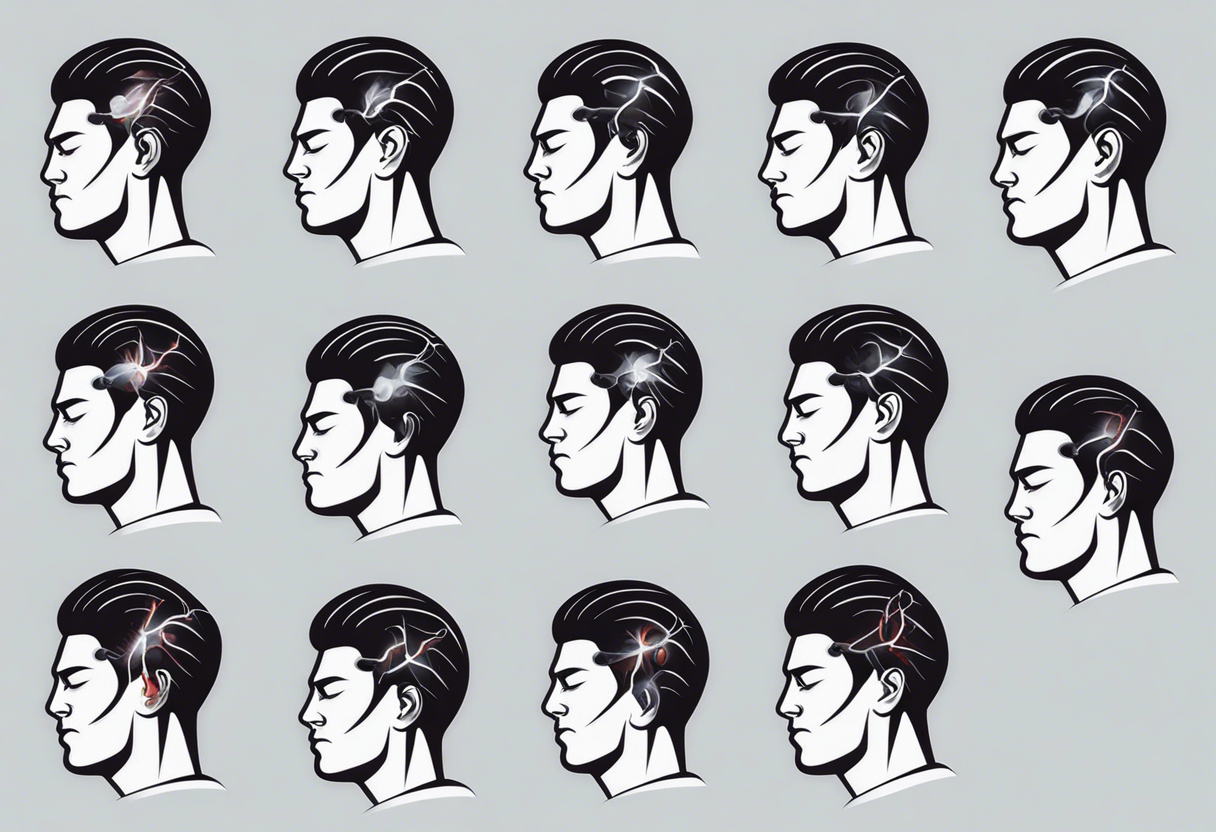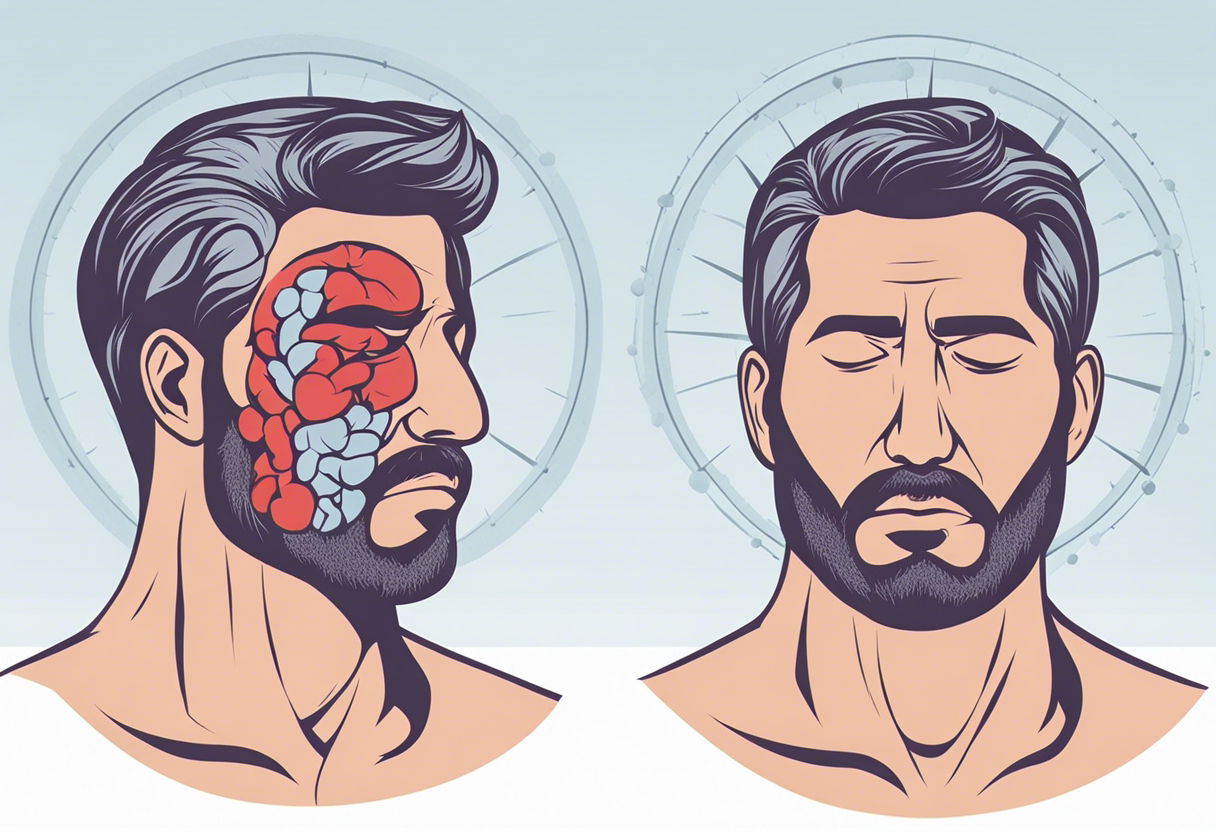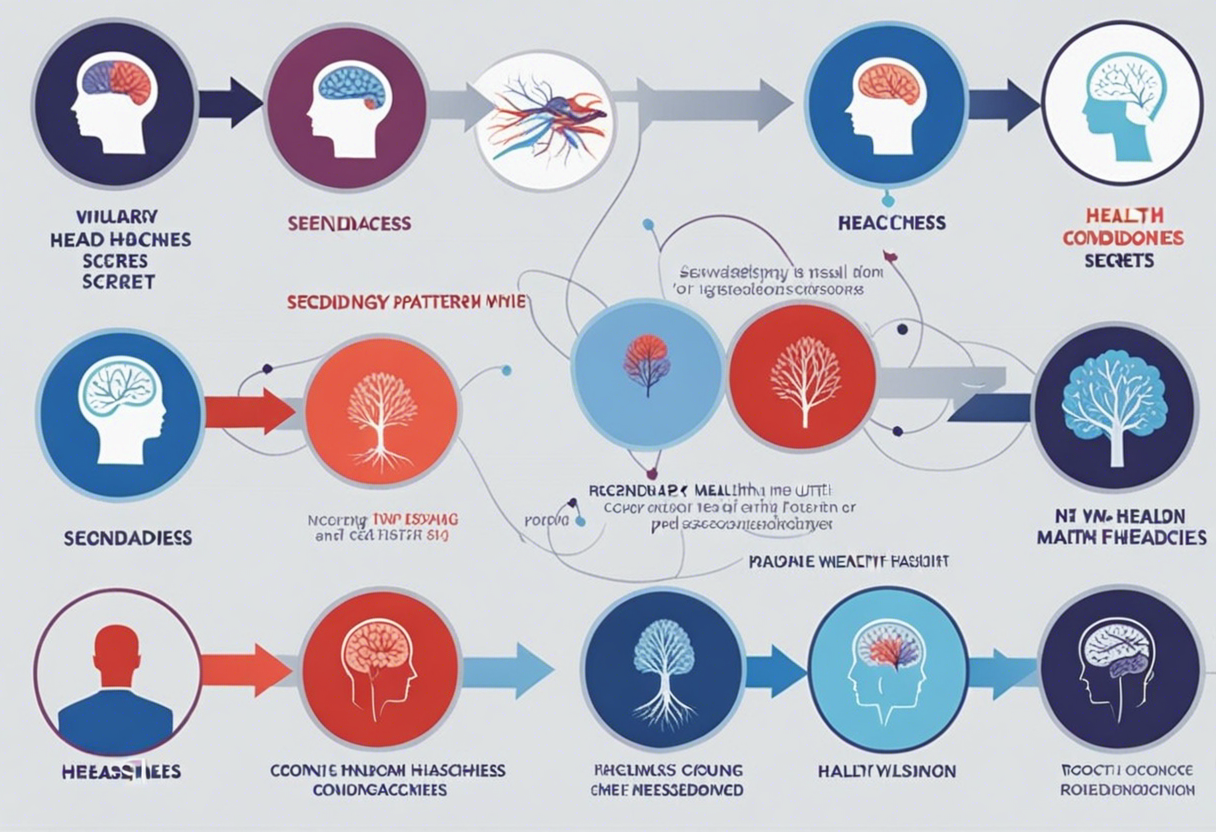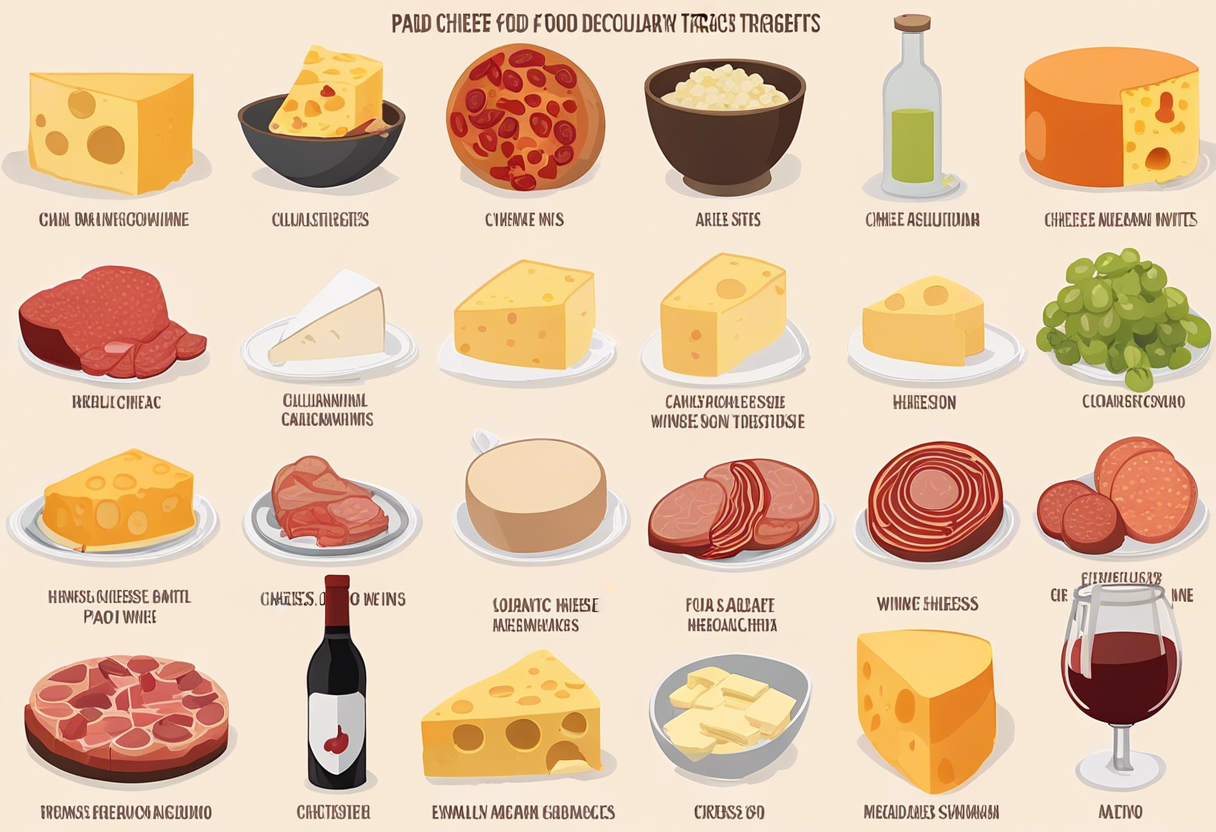Top Five Mysteries behind Severe Headaches Unraveled for Your Understanding and Relief
No single factor causes migraines. Several biological elements are interwoven into setting the stage for an onslaught of a throbbing headache. Tweaks in the brain's vascular system, coupled with changes in the trigeminal nerve (a key pain pathway), are central to the occurrence of migraines. This involves a wave of electrical activity spreading across the brain, triggering inflammation and consequently, pain.
The involvement of genes is another plausible factor. Approximately 90% of migraine patients have a family history of these severe headaches. Moreover, studies have identified several genes related to migraines, shedding light on the potential for genetic predisposition. Last but not least, hormonal changes, especially in women, also increase the propensity to endure migraines, hence a larger female patient pool.
Migraines and Aura Phenomenon: An Odd Link

A section of migraine patients experience unusual sensory symptoms, known as aura, before the headache sets in. This includes flashing lights, loss of vision, or tingling on one side of the body. As intriguing as these sensations might seem, they can be daunting and disruptive to the patient's regular life.
Auras take root from a surge of electrical activity in the brain, which sequentially spreads across the visual cortex, causing visual disturbances. This electric wave is followed by a "depressed" state of the brain, leading to a reaction causing the total or partial loss of vision. Hence, the aura effectively serves as an alarm system to the impending migraine.
Chronic Tension-Type Headaches: A Constant Battle

Unlike migraines, which are recurring but infrequent, chronic tension-type headaches (CTTH) plague the sufferer on an almost daily basis. This makes CTTH the most prevalent type of chronic headache. These headaches are not just prolonged but can be especially cumbersome due to their intensity.
Characteristically, CTTH is believed to be caused by muscle contractions in the head and neck region. Prolonged stress or an awkward posture can be potential triggers. Interestingly, there seems to be a link between CTTH and certain personality traits. Individuals displaying traits like anxiety, phobia, or depression are more likely to experience CTTH.
Cluster Headaches: The Unpredictable Offender

Cluster headaches are severe headaches concentrated on one side of the head, striking swiftly, without warning, and are generally brief but agonising. Associated symptoms may include redness in the eye, nasal congestion, or a drooping eyelid - all situated on the same side as the headache.
The occurrence of cluster headaches follows a cyclical pattern, leading to bouts or 'clusters' of frequent attacks, every day for weeks or months, followed by remission periods where the headaches stop altogether. The autonomic nervous system (the part of the nervous system controlling body functions like temperature regulation) plays a critical role causing the distinctive symptoms.
Secondary Headaches: Underlying Secrets

Not all headaches are born equal. Secondary headaches are those triggered by an underlying illness or health condition, such as a brain tumor, aneurysm, or even simple sinusitis. The severity and pattern of such headaches vary widely based on the root cause.
The discovery and diagnosis of secondary headaches rely heavily on neuroimaging techniques. Curing these headaches not only involves treating the headache itself but also managing the root cause. Often, the successful treatment of the underlying health condition terminates the headache. However, it is crucial to not self-diagnose or overlook persistent headaches as they may indicate severe health issues.
Decoding Food Triggers: Culinary Culprits of Headaches

Certain foods are infamous for their headache-inducing potential. These include aged cheese, processed meats, wine, and foods high in MSG, a food additive. The exact science behind this phenomenon is still a mystery.
For some, wines may trigger migraines due to substances called tyramines or due to the presence of sulfites used as preservatives. Meanwhile, processed meats contain nitrates and nitrites which can dilate blood vessels and cause headaches. Certain dairy products, like aged cheese, also contain tyramines. These cases highlight the importance of dietary considerations for headache-prone individuals.